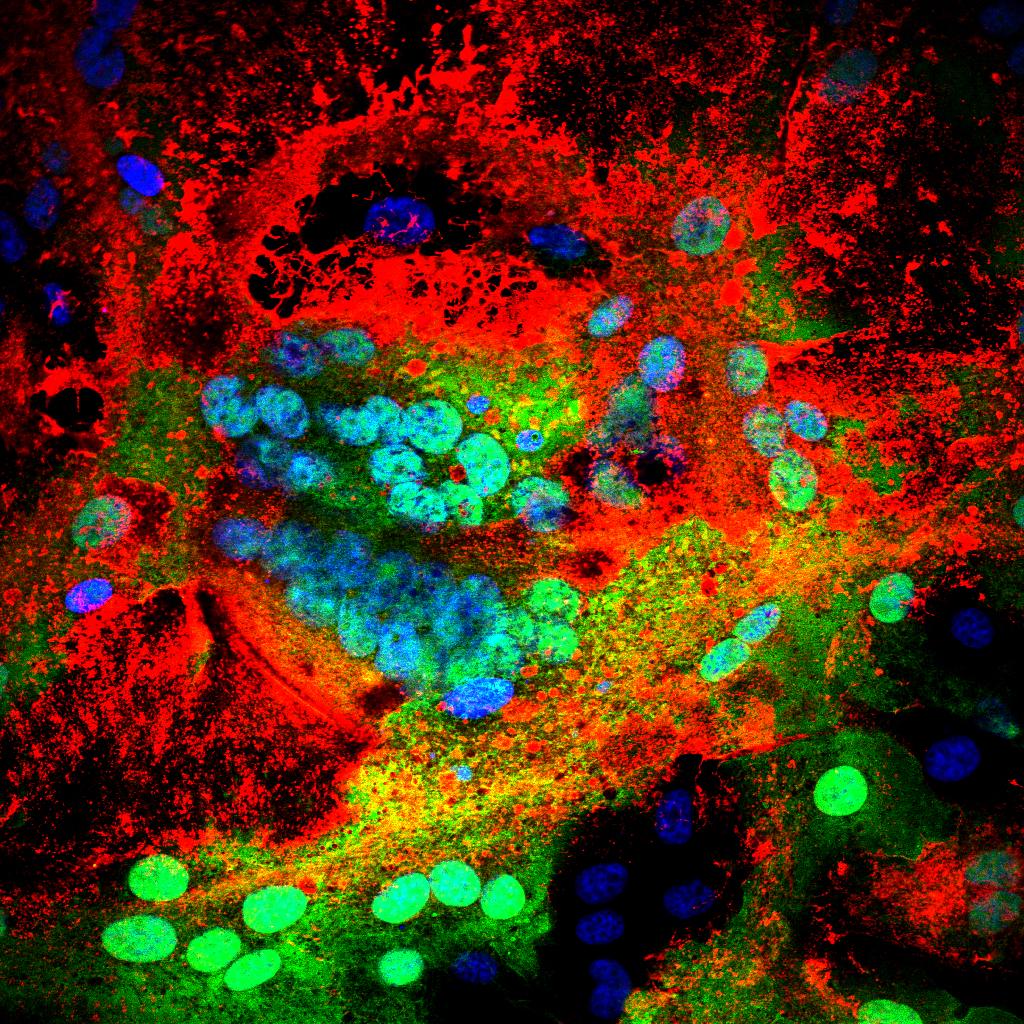Global distribution of peste des petits ruminants virus and prospects for improved diagnosis and control
Viral diseases of farm animals, rather than being a diminishing problem across the world, are now appearing with regularity in areas where they have never been seen before. Across the developing world, viral pathogens such as peste des petits ruminants virus (PPRV) place a huge disease burden on agriculture, in particular affecting small ruminant production and in turn increasing poverty in some of the poorest parts of the world. PPRV is currently considered as one of the main animal transboundary diseases that constitutes a threat to livestock production in many developing countries, particularly in western Africa and south Asia. Infection of small ruminants with PPRV causes a devastating plague and as well as being endemic across much of the developing world, in recent years outbreaks of PPRV have occurred in the European part of Turkey. Indeed, the relevance of many once considered exotic viruses is now also high across the European Union and may threaten further regions across the globe in the future. Here, we review the spread of PPRV across Africa, Asia and into Europe through submissions made to the OIE Regional Reference Laboratories. Further, we discuss current control methods and the development of further tools to aid both diagnosis of the disease and prevention.
Back to publications
